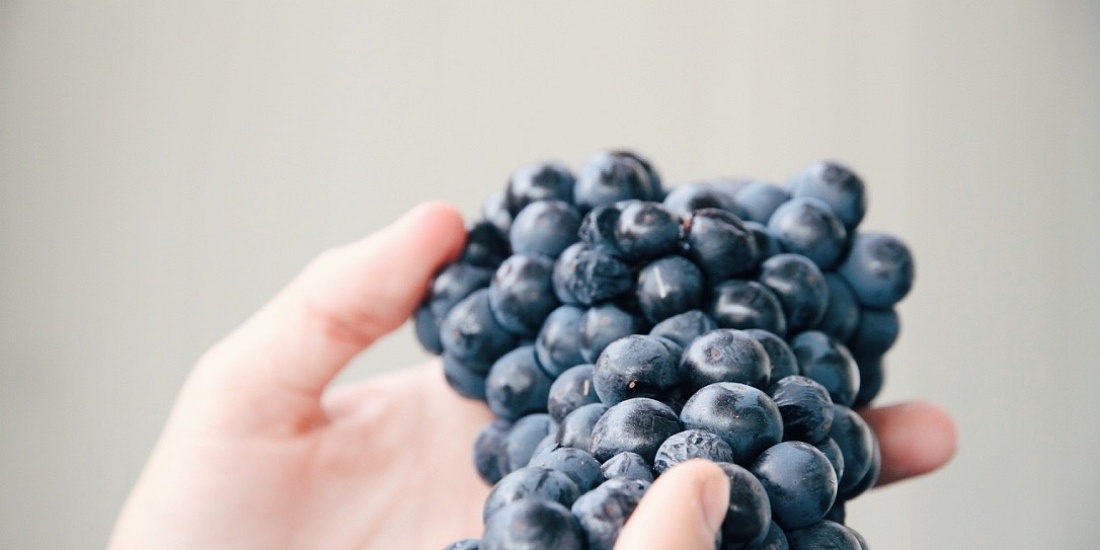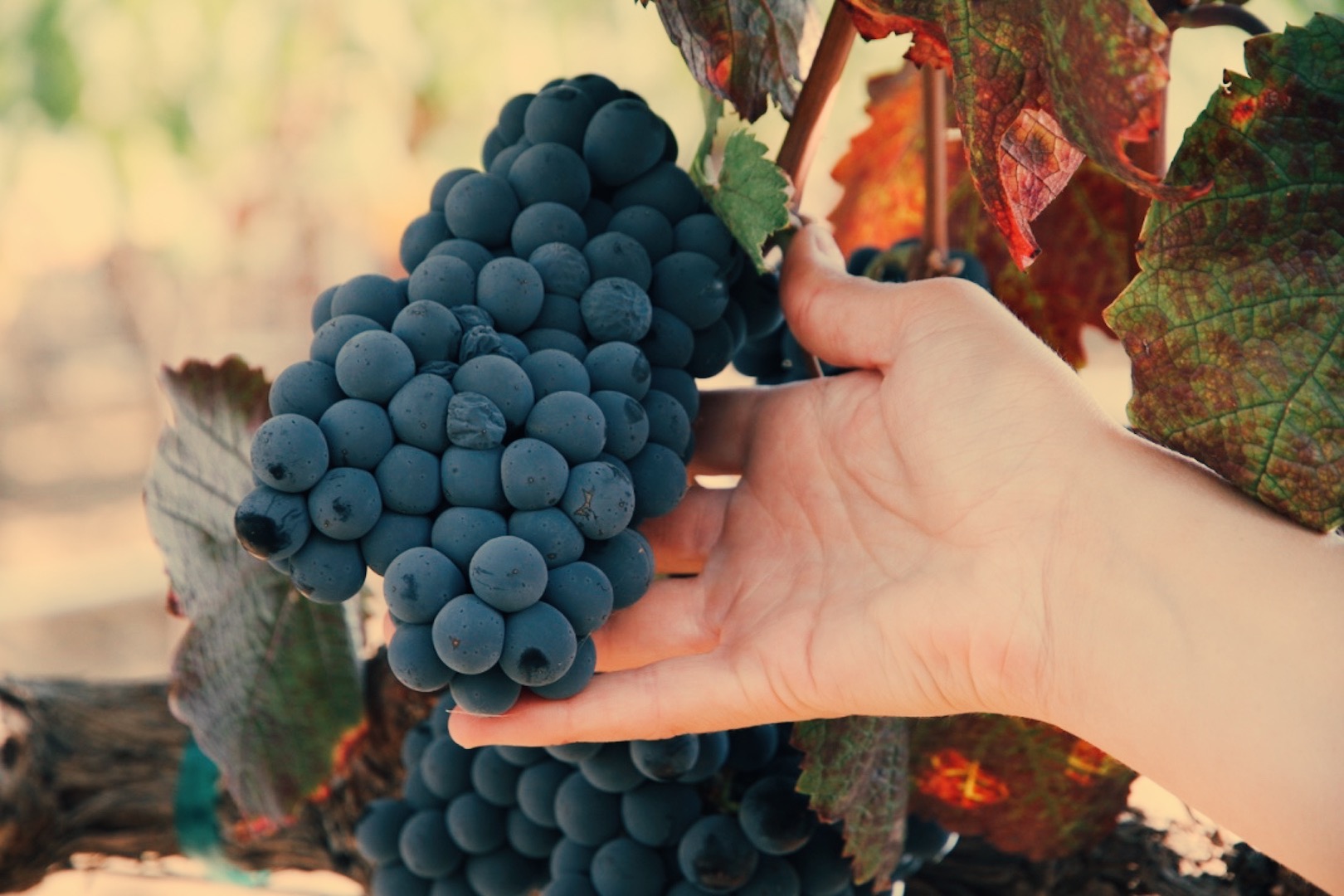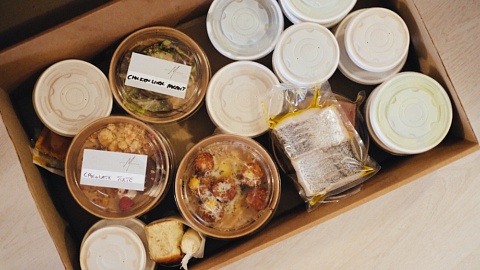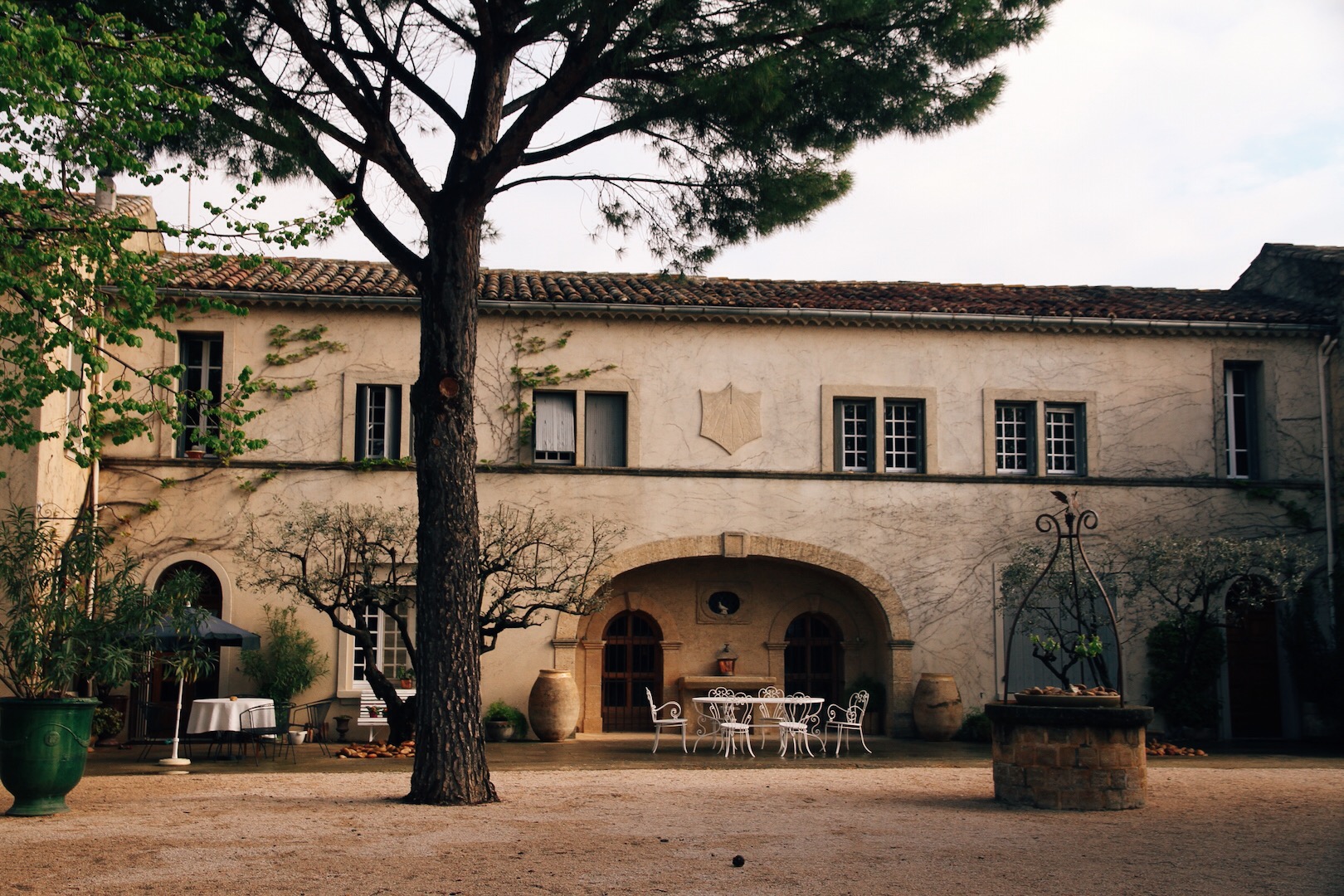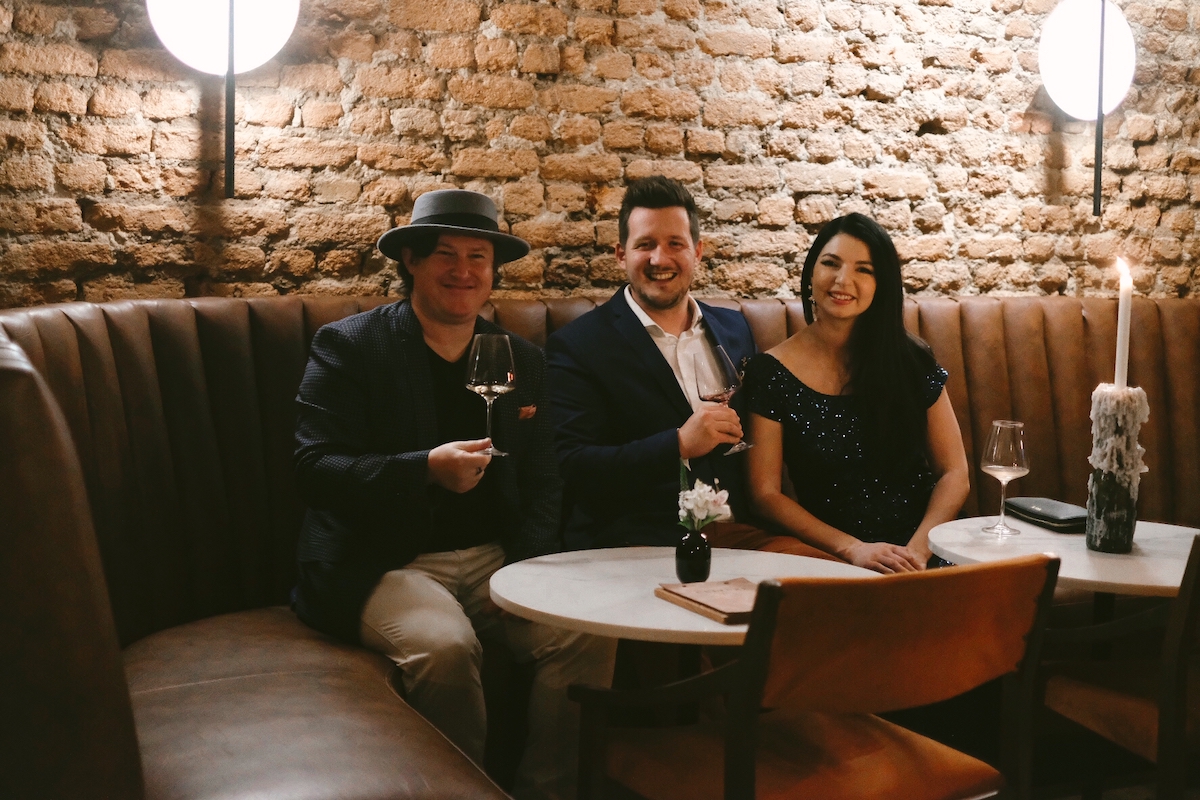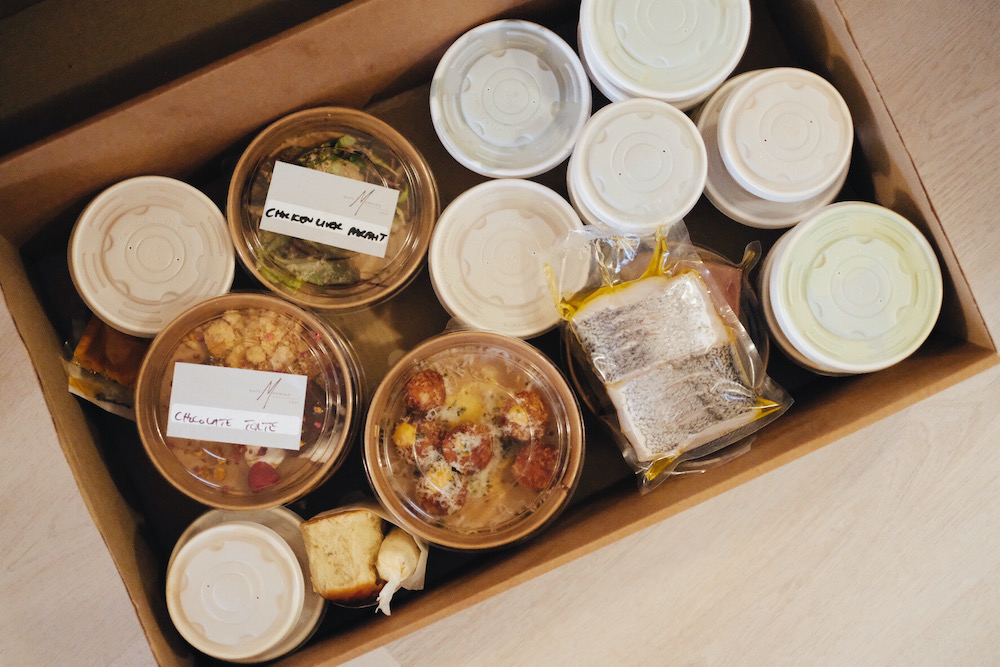Cabernet Franc is on the up and up. This isn’t news though. But as single variety bottlings of the grape enjoy rapid year-on-year increases (17 different South African Cabernet Francs were bottled in 2005, with 147 bottled by 2016), you might be starting to wonder why you should sit up and take notice. What is it that makes this black French grape such a trendsetter?
A HAZY START
Going back a little, Cabernet Franc has had a bit of a hazy start in South Africa. It was only introduced in the 1980s, and even then, it was mostly neglected and diluted as blends, mainly used to complement its much bolder, popular counterpart, Cabernet Sauvignon. In truth, very little is known about the grape’s local history and how plantings arrived in the Cape. However, grape vine gossip has it that the first Cabernet Franc cuttings were brought to South Africa in the early 1970s by the Distillers Corporation. Thankfully (especially for us Franc fans), soon enough the peppery-perfumed grape found itself in the first single variety Cabernet Franc produced by Warwick Estate in 1988 (compliments of pioneering Norma Ratcliffe), with other wineries soon following suit.
BRUWER RAATS
Yet, there has always been one Cape-based winery shining that Cab Franc spotlight a little brighter than most. Since 2000, Bruwer Raats of Raats Family Wines, has kept his focus on two varieties: Chenin Blanc and Cabernet Franc, believing that specialising would lead to success. His belief was not unfounded, as today Raats Family Wines is regarded as the leader of South Africa’s Cabernet Franc.
Gavin Bruwer, Raats winemaker, viticulturist and cousin to Bruwer, shares: “When Bruwer’s classmates found out that he was going to be specializing in Cabernet Franc, they asked what he was smoking!”. Harsh, but Bruwer’s classmates’ reactions weren’t unprecedented.
LIKE A WEED
As a variety, Cabernet Franc grows ferociously – almost like a weed – and a lot of people say that it is too difficult a variety to work with. It’s known for needing a lot of attention to detail, requiring green harvests and many hours of work in the vineyard, all of which culminate in making it an expensive variety to cultivate. Add to this the fact that consumer demand hasn’t always been high, and that probably accounts for why less than 1% of total South African vineyards are Cabernet Franc.
So why was Bruwer so adamant?
A DASH OF CAB FRANC
Gavin elaborates “When Bruwer first started as a winemaker, he was working at a winery that produced a diverse range of varieties and styles. Over time, he found that whenever a wine required improvement – whether it needed a bit more fruit or a bit more spice – his preferred go-to would be adding a dash of Cabernet Franc. That’s when the realization came and he set out to see what would be possible using Cabernet Franc as a single variety.”
Since then, Bruwer has built Raats Family Wines around Cabernet Franc, with his starting point always being the soil itself, and how that will influence the ripening of the grape. “Bruwer was instrumental in discovering areas where Cabernet Franc was best suited in the winelands,” explains Gavin. Indeed, the entire Raats Cabernet Franc portfolio spans across very specific vineyard sites. For example, you’ll find the Dolomite Cabernet Franc refers to the decomposed dolomite granite soils in which the vines are grown.
Yet, the question still stands: Should you try Cabernet Franc?
In summary: Yes. While not only offering value for money, Cabernet Franc delivers the rare tri-factor of aromas on the nose:
Fruit
Spice
Herbaceousness
AN IRON FIST
It truly hits that soft spot for being both fruity, aromatic, and bold. Gavin remarks: “At Raats, we also like to use the analogy ‘iron fist, velvet glove’ for Cabernet Franc, meaning there’s power on the palate, followed by an elegance and silkiness thanks to the tannin structure.”
If you’re a newcomer to the variety and want to get your hands on a local bottling, your best bet is to start with the Raats Dolomite Cabernet Franc. It’s affordable, a great entry point for the variety and has everything a Cabernet Franc should have. Keen to explore the next level? Move on to the Red Jasper in order to appreciate the complexity Cabernet Franc can add to a red blend. And if you’re looking for something extra special and want to taste the difference terroir can make, get your hands on a bottle (or three) of the Family Cabernet Franc or Eden High Density Single Vineyard Cabernet Franc – you won’t regret it. “Each of Raats’s Cabernet Franc styles are vineyard bound, with the vineyard allowing us to produce wines that move from the realms of sexy to serious. We’ve been advocating this grape variety for the past 18 years, and will continue to do so,” ends Gavin.
A FRENCH PRINCE
You can’t deny it: Cabernet Franc is definitely here for the long haul. It has the spice of Rhône, the elegance of Burgundy, and the structure of Bordeaux – what’s not to love? Even wine writer Jancis Robinson testifies to her love for the grape, having once described Cabernet Franc as the feminine side of Cabernet Sauvignon – subtly fragrant and gently flirtatious.
But don’t dare underestimate her – this lady packs a punch.
Originally published on Port2Port on the 18th April 2018. Read it here.



